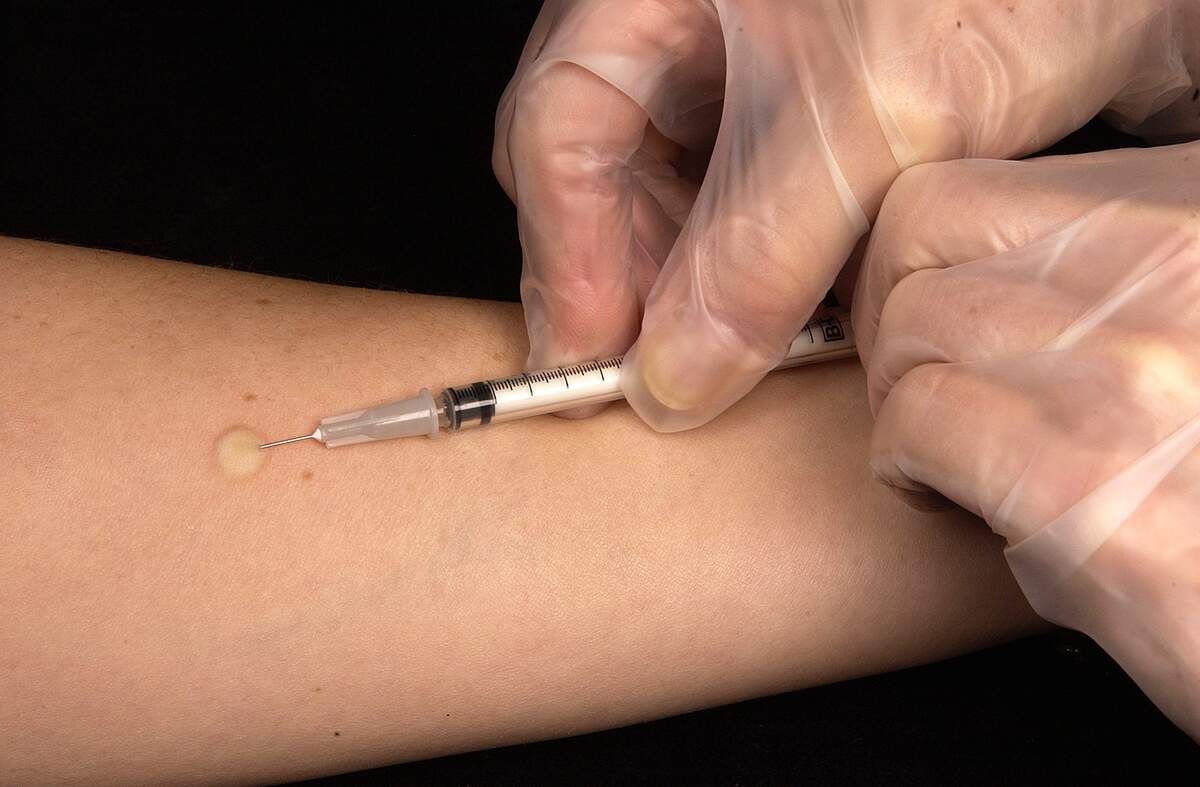

World Tuberculosis Day
Also known as
World TB Day
Observed
annually on March 24th (since 1982)
Dates
Founded by
International Union Against Tuberculosis and Lung Disease (The Union) in 1982
World Health Organization (WHO) in 1982
Hashtags
Sources
World Tuberculosis Day, commonly referred to as World TB Day, is a global public health campaign to build awareness about tuberculosis (TB) and how to prevent and eliminate it. Organized by the World Health Organization and the Stop TB Partnership, a network of organizations and countries, it is held on March 24, the anniversary of the date in 1882 that Dr. Robert Koch announced to a small group of scientists at the University of Berlin's Institute of Hygiene that he had discovered the cause of tuberculosis: the TB bacillus. At the time of his announcement, tuberculosis was ravaging Europe and the Americas, killing one out of every seven people. His discovery opened a path to focus on diagnosing and curing the disease.
On the hundredth anniversary of Koch's announcement, the International Union Against Tuberculosis and Lung Disease (IUATLD) proposed that March 24 should be World TB Day. This was part of a year-long effort on the centennial year by IUATLD and the World Health Organization (WHO) called "Defeat TB: Now and Forever." It then took over a decade until the day was recognized by the WHO's World Health Assembly and the United Nations. The first World TB Day planning meeting was held in the fall of 1995. In 1996, a number of World TB Day events were organized by IUATLD, WHO, and the Royal Netherlands Tuberculosis Foundation (KNCV). By 1998, almost 200 organizations were taking part in public outreach activities on the day. World TB Day has grown in the years since, and each year the day has a different theme.
Tuberculosis is caused by a bacterium called Mycobacterium tuberculosis. Most people who are infected by the bacteria do not develop the disease: there's about a 5 to 10% chance they will. Those with the highest chance of contracting it are those with compromised immune systems—those who are HIV positive, have diabetes, or are malnourished—and those who use tobacco or have alcohol use disorder. Tuberculosis usually affects the lungs, and symptoms include fever, cough, night sweats, weight loss, chest pain, and weakness. Mild symptoms may persist for months, and other people can be infected during this time, since it is spread through the air, through coughing, spitting, and sneezing. Without treatment, almost half of those who are HIV-negative and contract TB die, while almost all who are HIV-positive who contract it die. But tuberculosis is both curable and preventable and can be treated with antimicrobial drugs over a four or six-month regimen.
Today, tuberculosis mainly affects those in low and middle-income countries. All age groups are susceptible to it, and it is still being contracted by millions of people around the globe each year. In fact, it's the leading cause of death from an infectious disease, which makes World Tuberculosis Day all the more important!
How to Observe World Tuberculosis Day
- Raise awareness about tuberculosis by sharing information about the disease with others.
- Find more information about this year's observance from the World Health Organization, the Stop TB Partnership, and the CDC.
- If you have TB symptoms, get tested. Rapid tests recommended by the WHO are the Xpert MTB/RIF Ultra and Truenat assays.
- Read a book about tuberculosis.
- Watch The Forgotten Plague.





















